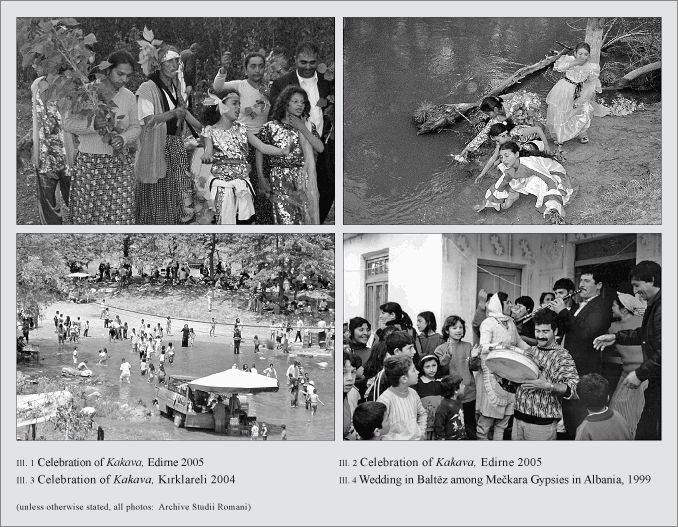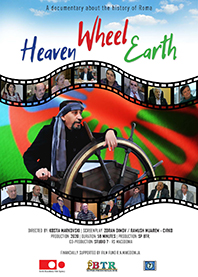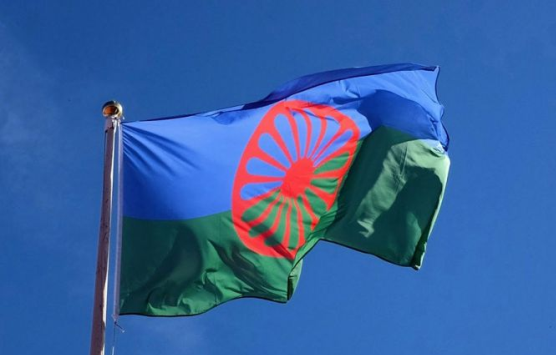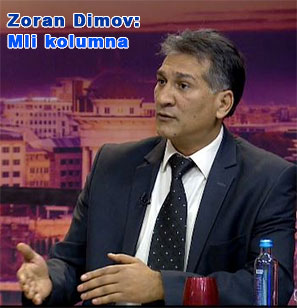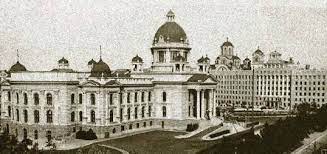
Во последните 20 години имаше големи турбуленции во политичкиот живот на сите, вклучително и на Ромите од Србија. Во Србија се регистрирани седум ромски партии, но активни се само три: Ромската партија, Демократскиот сојуз на Ромите и Обединетата ромска партија. Но ниту еден нема свој преставник во Парламентот Тројцата претставници на ромското малцинство во овој состав на Собранието се условени со партиска дисциплина и практично се невидливи“. За разлика од претходните парламентарни избори, кога на листата на владејачката српска прогресивна партија „Александар Вучиќ - За нашите деца“ беа двајца кандидати за пратеници од ромска националност, сега има тројца. ромологот Драгољуб Ацковиќ по втор пат и оперскиот уметник Наташа Тасиќ Кнежевиќ од Белград за прв пат.И во парламентот на Војводина е и пратеничката Јелена Јовановиќ. Во последните 20 години од парламентарниот живот, во Собранието на Република Србија имаше претставници на националното ромско малцинство. Нивните постапки не донесоа никакво подобрување во животот на обичните Роми. Неединството, кое е карактеристично за ова малцинство поради неговата дисперзија низ државата, начинот на живеење и други бројни фактори, е пречка за создавање на кохерентна партија чија основна цел би била создавање услови за изедначување на положбата на Ромите со сите останати жители на Србија. Има ли цел Ромите да учествуваат во парламентарниот живот - мислиме дека има, но со копирање на примерите на добра практика на националните малцинства кои успеале да ги анимираат своите сонародници и преку врховниот законодавен орган - собранието, да се борат за донесување на прописи што систематски им го олесни животот на малцинските заедници. Дотогаш државата како и досега ќе им дава еднократна помош на Ромите, на лажица. Заклучокот е дека проблемот со нееднаквоста меѓу Ромите и мнозинското население во Србија се решава институционално и систематски, а тоа може да се направи само во Собранието. Link: https://romaworld.rs/da-li-se-cuje-glas-nacionalnih-manjina-u-parlamentu-srbije-da-li-se-i-koliko-cuju-poslanici-romske-nacionalne-manjine/
In the last 20 years there has been great turbulence in the political life of everyone, including the Roma of Serbia. Seven Roma parties are registered in Serbia, but only three are active: the Roma Party, the Democratic Union of Roma and the United Roma Party. But none of them have their own representative in the Parliament
The three representatives of the Roma minority in this composition of the Assembly are conditioned by party discipline and are practically invisible."
In contrast to the previous parliamentary elections, when the list of the ruling Serbian progressive party "Aleksandar Vucic - For our children" included two candidates for deputies of Roma nationality, now there are three. the romologist Dragoljub Ackovic for the second time and the opera artist Natasha Tasic Knezevic from Belgrade for the first time. Also in the parliament of Vojvodina is the deputy Jelena Jovanovic.
In the last 20 years of parliamentary life, there were representatives of the national Roma minority in the Assembly of the Republic of Serbia. Their actions did not bring any improvement in the lives of ordinary Roma. The disunity, which is characteristic of this minority due to its dispersion throughout the country, the way of living and other numerous factors, is an obstacle to the creation of a coherent party whose main goal would be to create conditions for equalizing the position of the Roma with all other inhabitants of Serbia. Is there a purpose for the Roma to participate in parliamentary life - we think there is, but by copying the examples of good practice of the national minorities who succeeded in animating their compatriots and through the supreme legislative body - the assembly, to fight for the adoption of regulations that systematically made life easier for minority communities.
Until then, the state, as before, will provide one-time aid to the Roma, on a spoonful. The conclusion is that the problem of inequality between the Roma and the majority population in Serbia is solved institutionally and systematically, and this can only be done in the Parliament.

